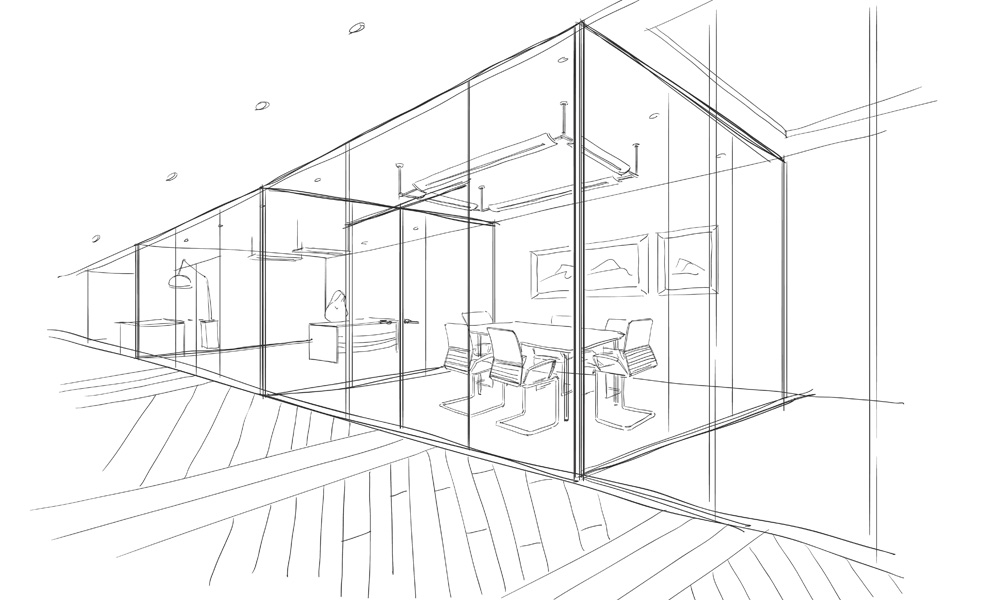Returning to the Smart Office May 2021
Want more free featured content?
Subscribe to Insights in Brief

Companies may opt to use various types of sensors and software to create safe collaborative environments and encourage workers to return to the workplace. Sensors, AI, and data-analytics software will likely play a key role in supporting the transition to hybrid workplaces by enabling various forms of touchless interfaces, occupancy-detection systems, and health sensors. Cisco Systems, for example, recently launched a new product portfolio featuring smart-office technologies and remote- and hybrid-work solutions. Cisco DNA Spaces features a suite of applications for location analytics, proximity reporting, foot‑traffic monitoring, and occupant-behavior analysis. In addition, Cisco Meraki smart cameras and sensors can integrate with DNA Spaces applications to support environmental monitoring for temperature and humidity and generate motion heat maps. Legacy automation players such as Siemens and Schneider Electric are also developing smart-office solutions to support productive hybrid workspaces and safety.
New market entrants are also developing various smart-office solutions to support the optimization of workspaces and provide wellness features. Density, for example, provides AI‑powered sensors and analytics to inform businesses about space planning and optimize the size of workspaces, reducing operating expenses. Similarly, VergeSense markets deep‑learning-powered optical sensors and an analytics platform to optimize office-space use, coordinate cleaning and sanitation efforts, and monitor occupancy and social distancing.
Implications
The smart-office-technology market is expanding, leading to rising competition between traditional automation-solution vendors and start‑ups that aim to streamline the transition to hybrid remote and on‑site workplaces. The pandemic may serve as a springboard for new office designs, increased adoption of smart-office technologies, and investment in Internet of Things technologies, AI, and smart-office cloud services. Sensor manufacturers will likely have a range of opportunities to support occupant-prescreening systems, occupancy-density analysis, autonomous sanitization solutions, and touchless interfaces. Such systems may become a regular part of workplaces related to critical infrastructure, including telecommunications and information-technology companies, public utilities, and hospitals.
In the future, workers' personal devices—including smartphones and wearables—may help enable smart offices and feed data to analytics platforms that track locations, office-space use, and general activity. However, it's unclear how workers will respond to greater invasions of privacy in the name of workplace safety and productivity enhancements. Workers may view deployments of smart-office technology as a signal of stressful, heavily metric-driven work environments. Although some smart-office solutions may measurably improve productivity, they may also deteriorate company reputations.